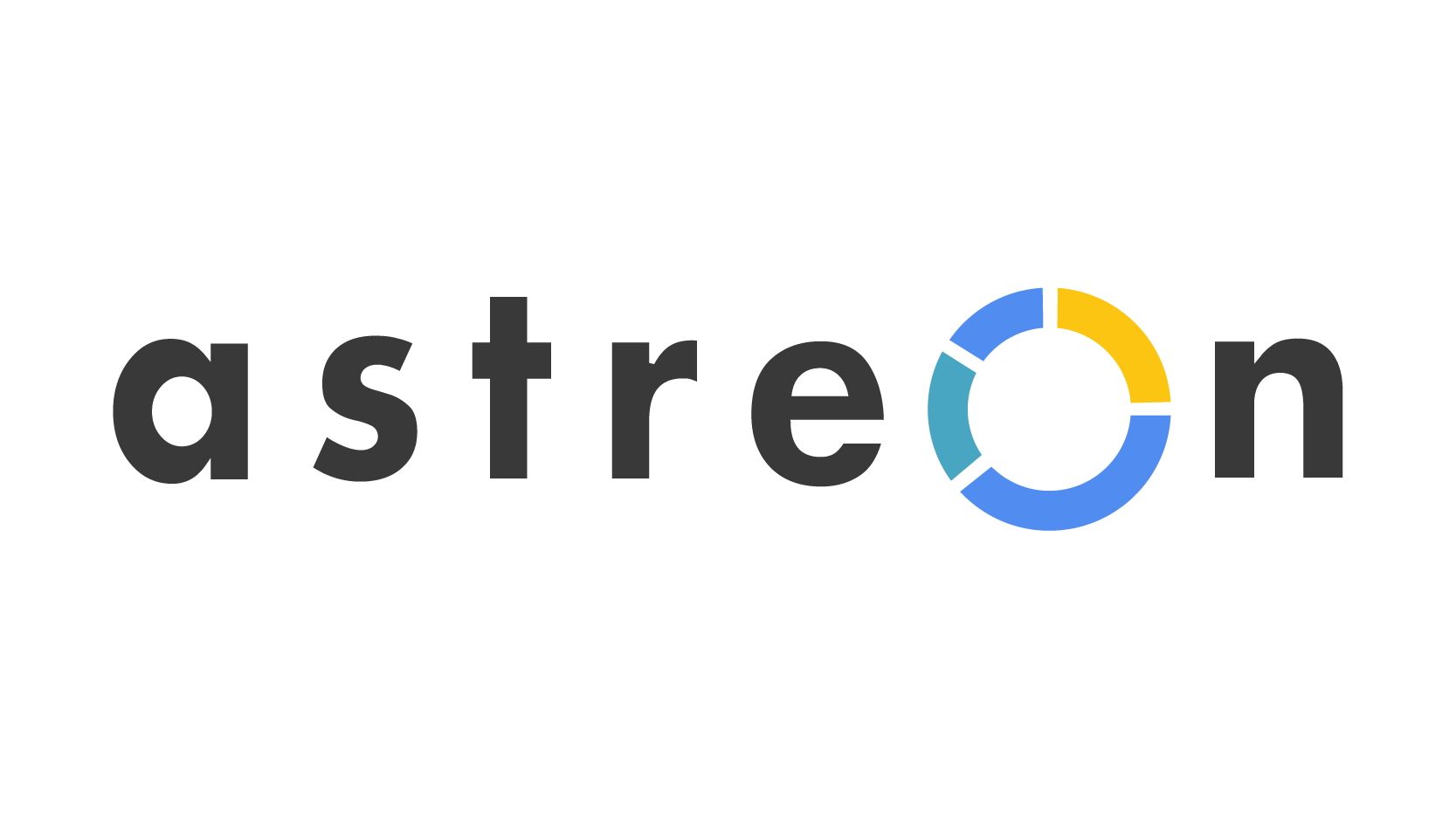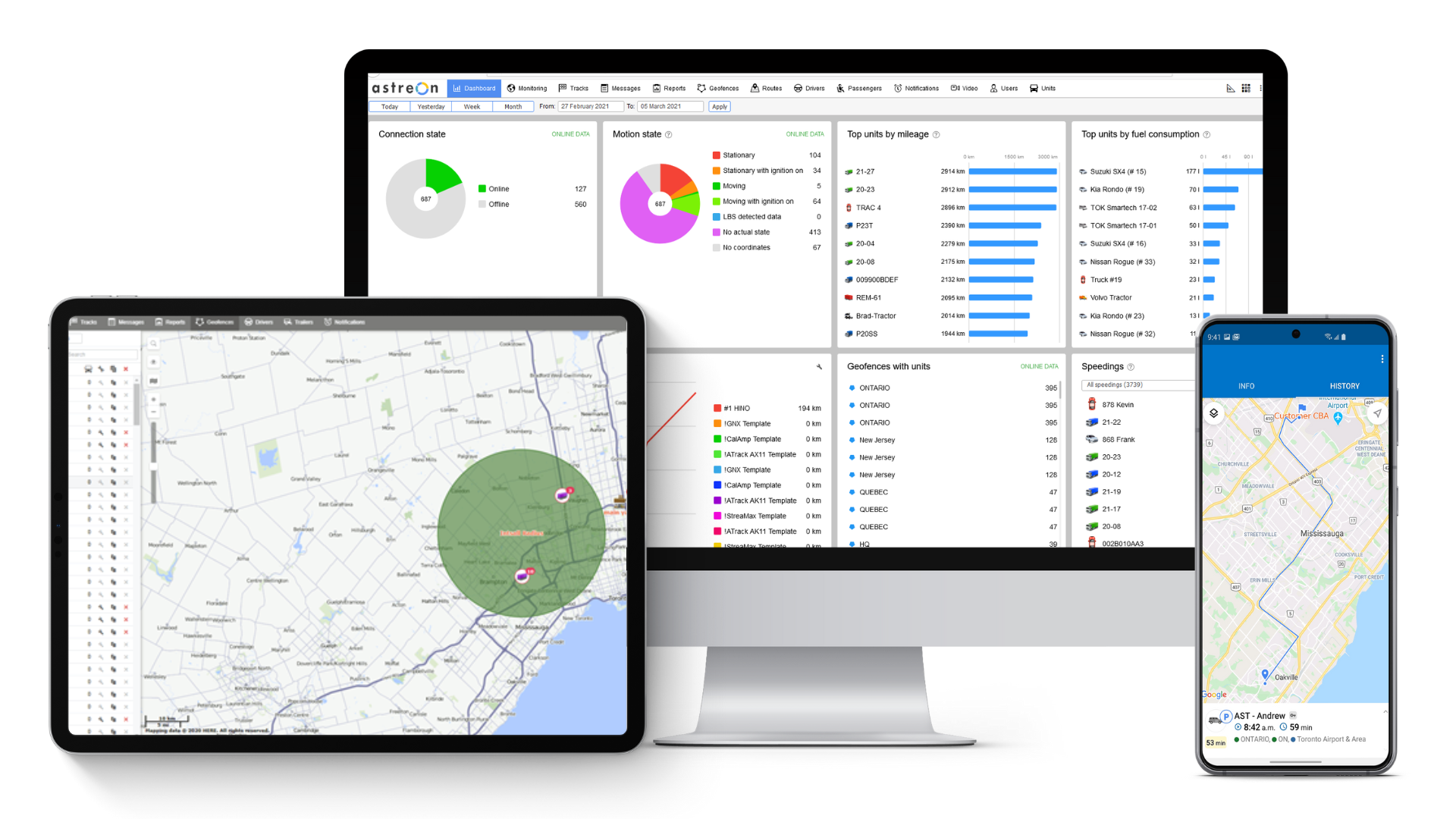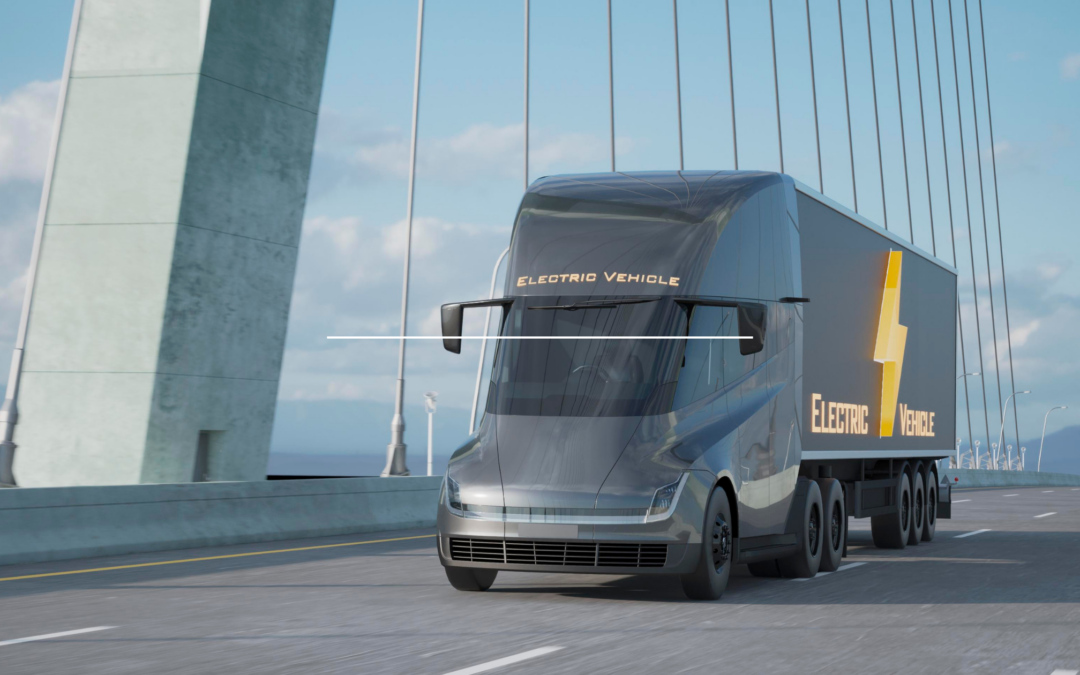
by Yumi | Aug 31, 2021 | Electric Vehicle, Industry, Sustainability, Tracking, Transportation & Logistics
The truck industry will be embracing change due to the emission regulations by the government. Demand for EV’s in the transportation sector is also rising due to the high cost of fuel and sustainability initiatives by private organizations. See the full article about...
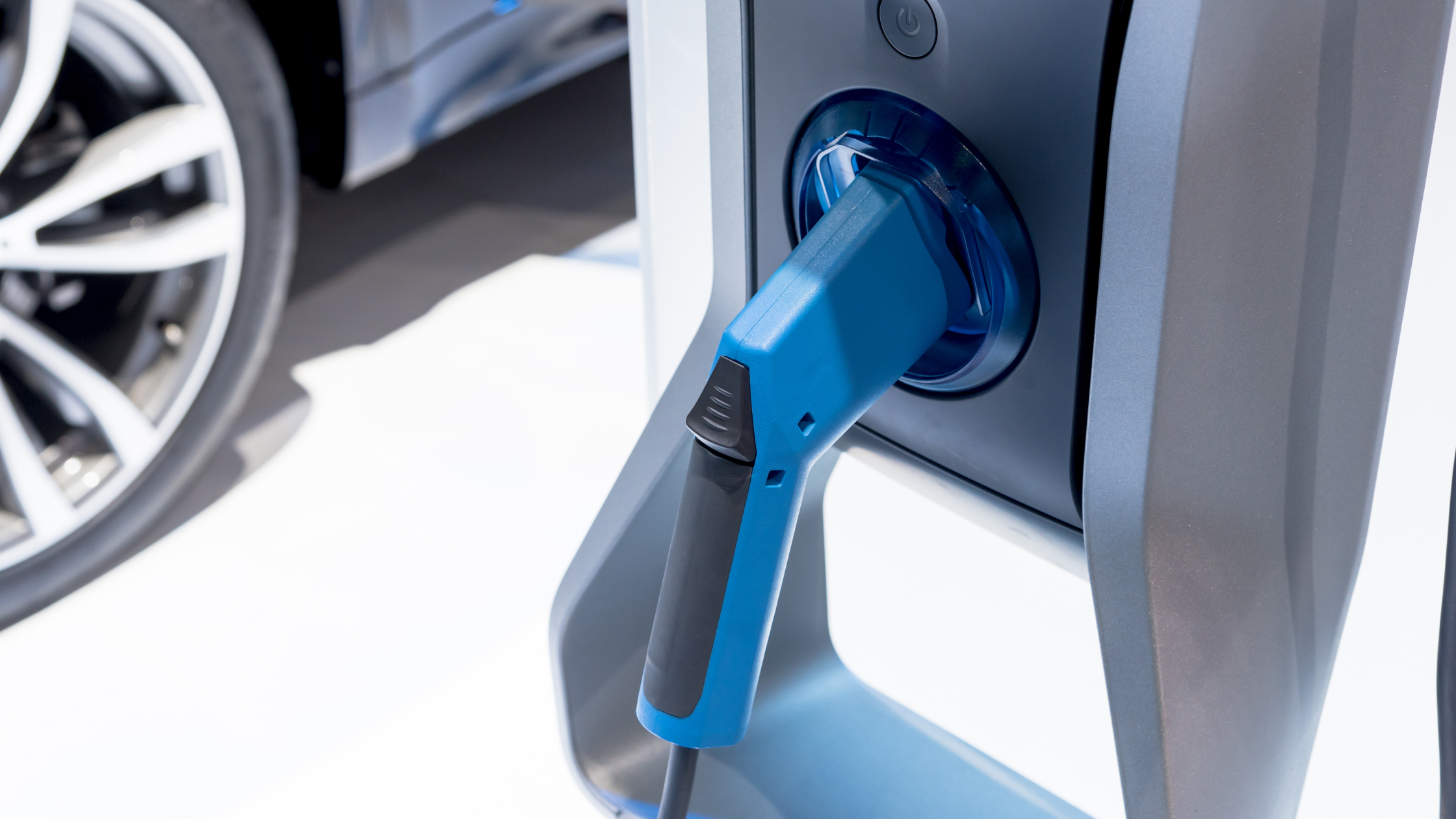
by Yumi | Aug 23, 2021 | Eco Driving, Electric Vehicle, Fleet management, Fleetrun, Fuel, Maintenance, Operation
The Biden administration has ordered federal agencies to develop tighter fuel efficiency, greenhouse gas, and oxides of nitrogen emissions standards for medium- and heavy-duty trucks last week. The fuel economy and emissions requirements proposed by the Environmental...
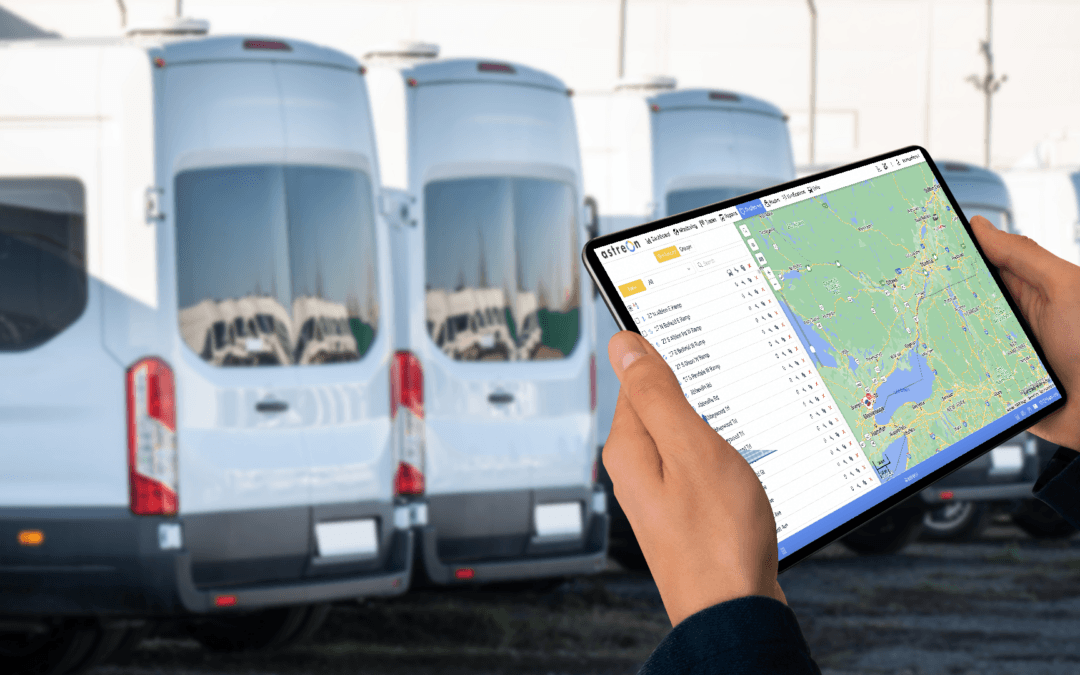
by Yumi | Aug 16, 2021 | Fleet management, Fuel, Maintenance, Operation, Tracking
The Fleet Management Software Market is expected to rise with an outstanding CAGR and reach the highest revenue by 2027 according to the report from Fortune business insights. The report forecasts that “ The global fleet management software market size stood at USD...

by Yumi | Aug 9, 2021 | Fleet management, Fuel, Maintenance, Operation, Tracking
According to the graph from EIA, National on-highway diesel prices went up to $3.33 per gallon by end of June as crude oil prices hit their highest level in more than 6 years. North American benchmark oil prices have risen from under $50US a barrel at the beginning of...
by astreon | Aug 9, 2021 | Fleet management, Uncategorized
According to the graph from EIA, National on-highway diesel prices went up to $3.33 per gallon by end of June as crude oil prices hit their highest level in more than 6 years. North American benchmark oil prices have risen from under $50US a barrel at the beginning of...





